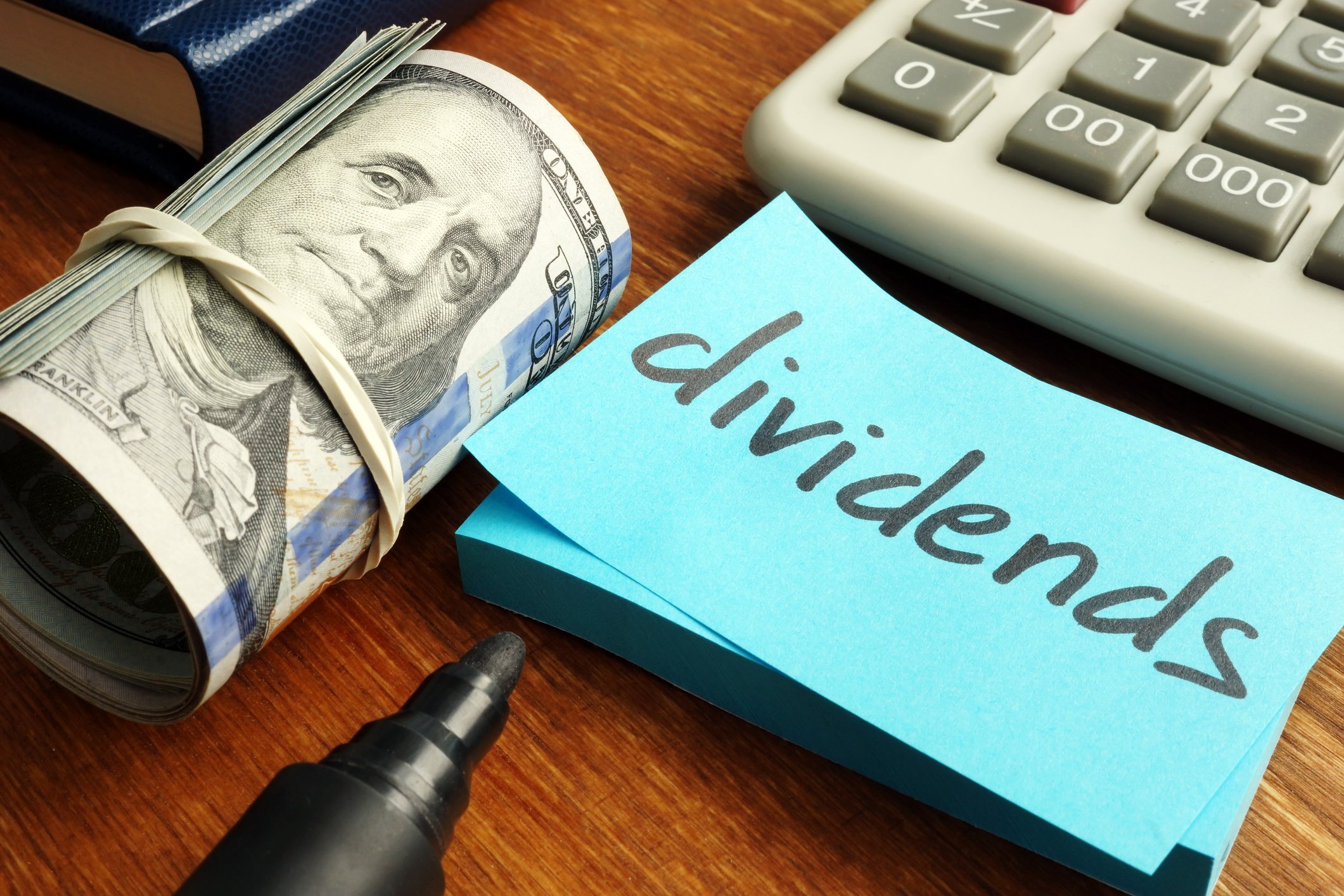If you are a dividend investor like me, you tend to focus on companies that have long histories of increasing dividends annually. That, I believe, is a sign of a business that is well run.
This is the core investment thesis underpinning ProShares S&P 500 Dividend Aristocrats ETF (NOBL +0.38%) (the term Dividend Aristocrats® is a registered trademark of Standard & Poor’s Financial Services LLC). But is a strong dividend record enough to set this exchange-traded fund (ETF) from other options that add additional screens to the selection process?
What does ProShares S&P 500 Dividend Aristocrats ETF do?
There are three main parts to the creation of ProShares S&P 500 Dividend Aristocrats ETF's portfolio, which simply tracks the S&P 500 Dividend Aristocrats Index. First, the universe from which the index selects stocks is the S&P 500 (^GSPC +0.19%).
The S&P 500 is a curated list of roughly 500 companies selected by a committee to be representative of the broader U.S. economy. They tend to be large and important businesses. It is a pretty solid pool from which to fish.

Image source: Getty Images.
The second piece of the story is that only the S&P 500 stocks that have increased their dividends for at least 25 consecutive years are chosen. Essentially, the index, and thus the ETF, is using a company's dividend record as a way to highlight good dividend stocks. Dividend yield is not a factor in the selection process.
The final piece of the puzzle is the weighting, which is equal. Thus, every stock has the same impact on overall performance. This, effectively, provides some risk protection, since no single stock can have an outsized negative impact on the ETF's returns.
ProShares S&P 500 Dividend Aristocrats ETF's expense ratio is kind of high at 0.35%. The dividend yield is kind of modest at 2.1%. The main reason to own this ETF is that you believe buying stocks that have a long track record of dividend increases is a winning strategy.
There are other ways to own dividend growers
The problem here is that ProShares S&P 500 Dividend Aristocrats ETF doesn't compare particularly well to alternative options like Schwab US Dividend Equity ETF (SCHD +1.09%), which tracks the Dow Jones U.S. Dividend 100 Index.
To be fair, Schwab US Dividend Equity ETF's dividend growth requirement is 10-plus years, which isn't nearly as strict. However, a list of stocks with a decade or more of dividend hikes will include all the stocks that end up in ProShares S&P 500 Dividend Aristocrats ETF.
What sets Schwab US Dividend Equity ETF apart is that, on top of the 10-plus years of dividend growth requirement, the index it tracks layers on additional fundamental screens. Specifically, the ETF creates a composite score that includes the metrics of cash flow to total debt, return on equity, dividend yield, and a company's five-year dividend growth rate. The ETF only includes the 100 companies with the highest scores in its portfolio and market cap weights them.
In essence, Schwab US Dividend Equity ETF is looking to own high-quality dividend growers, not just dividend growers that happen to be included in some other index.
Schwab US Dividend Equity ETF has a dividend yield of roughly 4%. The expense ratio is a relatively low 0.06%.
What the numbers say about these dividend ETFs
Starting with two simple numbers, Schwab US Dividend Equity ETF has lower expenses and a higher yield than ProShares S&P 500 Dividend Aristocrats ETF. That foundation already makes ProShares S&P 500 Dividend Aristocrats ETF look like a laggard.
However, ProShares S&P 500 Dividend Aristocrats ETF does slightly outperform Schwab US Dividend Equity ETF when it comes to price-only returns. But the modest difference there isn't enough to offset the much lower yield. The total return, which is the normal way performance is compared between ETFs, of Schwab US Dividend Equity ETF easily surpasses that of ProShares S&P 500 Dividend Aristocrats ETF.
All in, it looks like investors focused on dividend growth stocks can probably do better than ProShares S&P 500 Dividend Aristocrats ETF.









